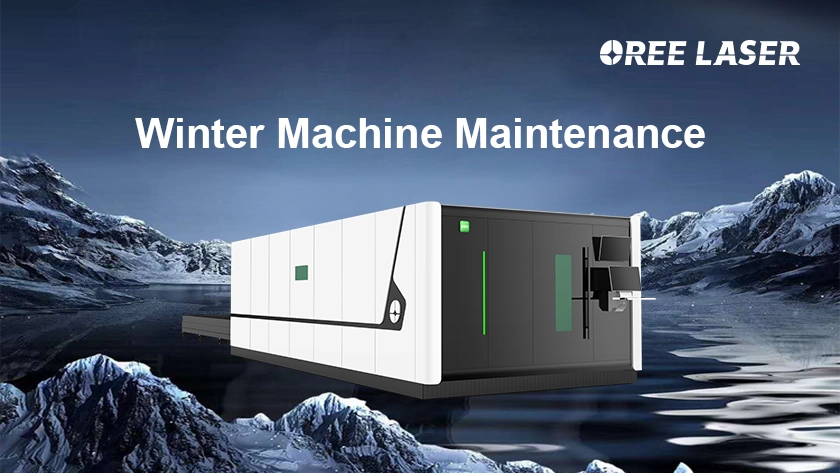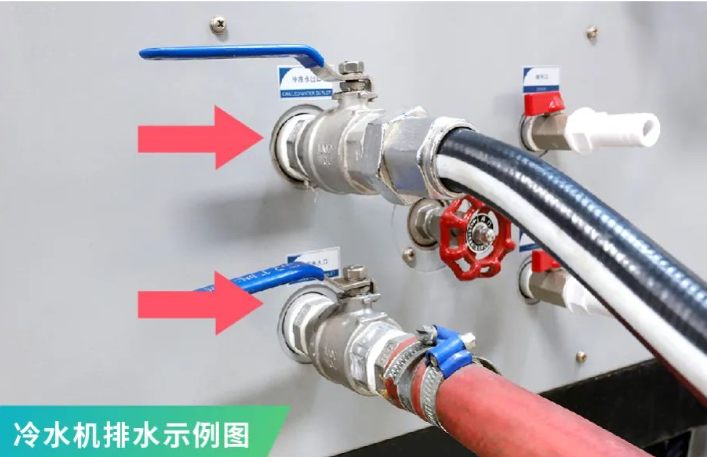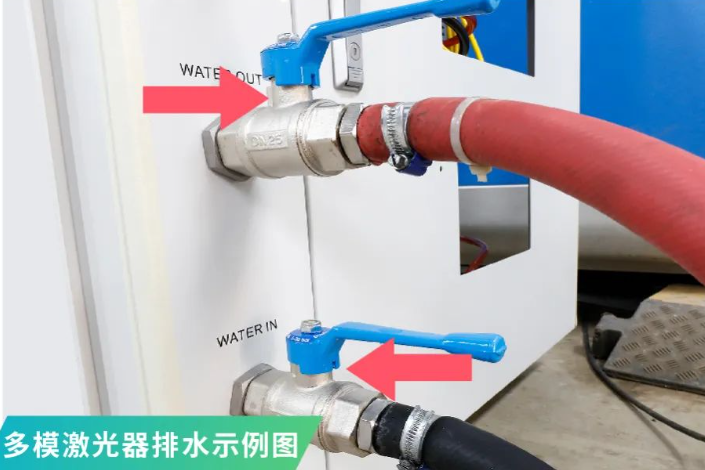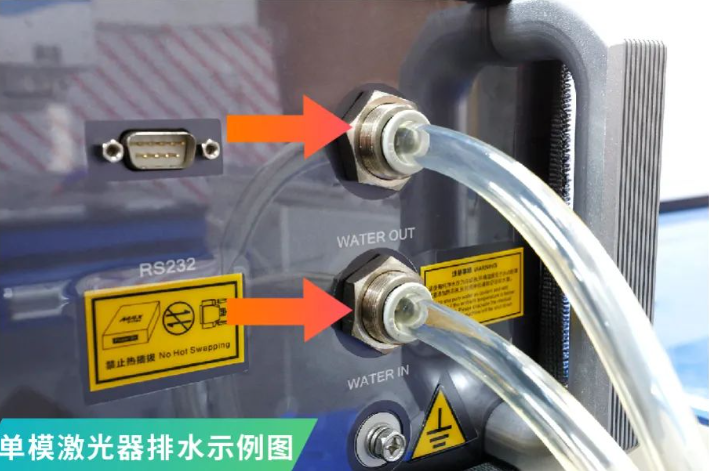02, 2024
by Oree Laser
Winter Maintenance and Care of Laser Cutting Machines

During the winter months, it is important to take extra care of your laser cutting machines to ensure they continue to operate efficiently. Cold temperatures and harsh weather conditions can have a significant impact on the performance and lifespan of these machines. In this article, we will discuss the necessary steps for winter maintenance and care of laser cutting machines to keep them in optimal condition during the colder months.
Cooling water has a "freezing point". When the temperature of the cooling water is lower than the "freezing point", the solidification and expansion of the cooling water will cause the overcurrent components in the laser cooler system, such as the water-cooled plate, the water segregator, and other components to expand, deform, and crack, and even damage optical components, resulting in the need for the laser to be returned to the factory for repair. In severe cases, it may even lead to the scrapping of the laser. It is imperative to pay attention to and take effective antifreeze measures for the laser in winter.
Laser Operating Temperature Requirements
The laser needs to reach a certain temperature to be used normally. The operating environment temperature of the laser should be controlled at around 22°C, with the low-temperature water temperature of the chiller set at 20-24°C and the high-temperature water temperature set at 28-30°C.
The chiller needs to operate for more than 20 minutes before the laser is emitted. If the laser alarm goes off immediately after the machine is turned on, or if it cannot be started, please open the system or the chiller for water temperature preheating (5-10 minutes). When the temperature reaches above 20 degrees, it can be started to ensure that the actual temperature of the chiller reaches the set temperature.
Ensure the Ambient Temperature
Under permissible conditions, use heating facilities to keep the working environment temperature of the laser above 0°C, with a generally suitable temperature setting of above 5°C.
Keep the Chiller Running Continuously
In areas where there is no power outage, the chiller can be kept running, and both the low-temperature water and the normal-temperature water can be set to around 5°C (to ensure that the cooling water is higher than the freezing point and to save energy).
Drain the Cooling Water from the Machine
After each use, drain the cooling water from the laser and the chiller.
Drainage Methods

(Example of Chiller Drainage)
Remove the water pipe from the inlet of the chiller, and then use compressed gas to ventilate the inlet (WATER IN) until the residual water in the chiller is blown out.

(Example of Drainage for Multi-Mode Laser)
Remove the water pipe from the inlet of the laser, and then use compressed gas to ventilate the inlet (WATER IN) until the residual water in the internal water-cooled pipeline of the laser is blown out from the outlet.

(Example of Drainage for Single-Mode Laser)
Remove the water pipe from the inlet of the laser, and then use compressed gas to ventilate the inlet (WATER IN) until the residual water in the internal water-cooled pipeline of the laser is blown out from the outlet. Then, plug the inlet and outlet with a water pipe (or rubber stopper) to prevent dust from entering the interior of the water pipe.
Use Antifreeze to Replace Cooling Water
When the operating environment often experiences power outages and does not have the conditions to drain the cooling water every day, antifreeze must be used. Be sure to use special antifreeze for laser equipment, and it is strictly forbidden to add automotive antifreeze!
Notes on Antifreeze Addition
The base liquid of the antifreeze generally consists of alcohols and water, with low viscosity at low temperatures, is not prone to foaming, and does not corrode metal parts or rubber hoses. The selection of antifreeze should not be based on the lower the freezing point, but rather should be slightly lower than the local temperature based on the lowest local temperature. It is recommended to use the American brand "Koolance" for chiller antifreeze.
If the laser cutting machine is not used for a long time, any place where cooling water passes through, especially the cooling liquid in the laser cavity and pipeline, must be thoroughly drained. Compressed air can be used to blow out the water inside and drain it completely. For laser cutting machines in use, it is recommended to keep the chiller running 24 hours a day to ensure the internal circulation of the cooling water.
The function of antifreeze is to assist in antifreeze, and it cannot provide heating and insulation. In areas with very low temperatures, equipment protection work should be taken seriously to avoid unnecessary losses.
Reference ratios for proportional use
In order to prevent abnormal operation of the laser and chiller at low temperatures, the use of antifreeze is recommended with the following ratios: | 6:4 (6 parts antifreeze, 4 parts water) for temperatures between -42 to -45 degrees Celsius |
| 5:5 (5 parts antifreeze, 5 parts water) for temperatures between -32 to -25 degrees Celsius | |
| 4:6 (4 parts antifreeze, 6 parts water) for temperatures between -22 to -25 degrees Celsius | |
| 3:7 (3 parts antifreeze, 7 parts water) for temperatures between -12 to -15 degrees Celsius | |
| 2:8 (2 parts antifreeze, 8 parts water) for temperatures between -2 to -5 degrees Celsius |
Note:
No antifreeze can completely replace deionized water, and long-term use throughout the year is not recommended. After winter, it is recommended to clean the pipeline with deionized water or distilled water and restore the use of deionized water or distilled water as a coolant.
If the machine is shut down for a long time (such as during holidays) or before the laser is transported, the cooling water inside the equipment must be drained, and compressed air should be used to blow out the residual water inside the equipment (including the laser and chiller) to prevent internal freezing and damage to components. To better extend the service life of the machine, it is recommended for customers to use air-conditioned rooms, with the equipment air conditioning temperature set at 26-28 degrees with dehumidification function.